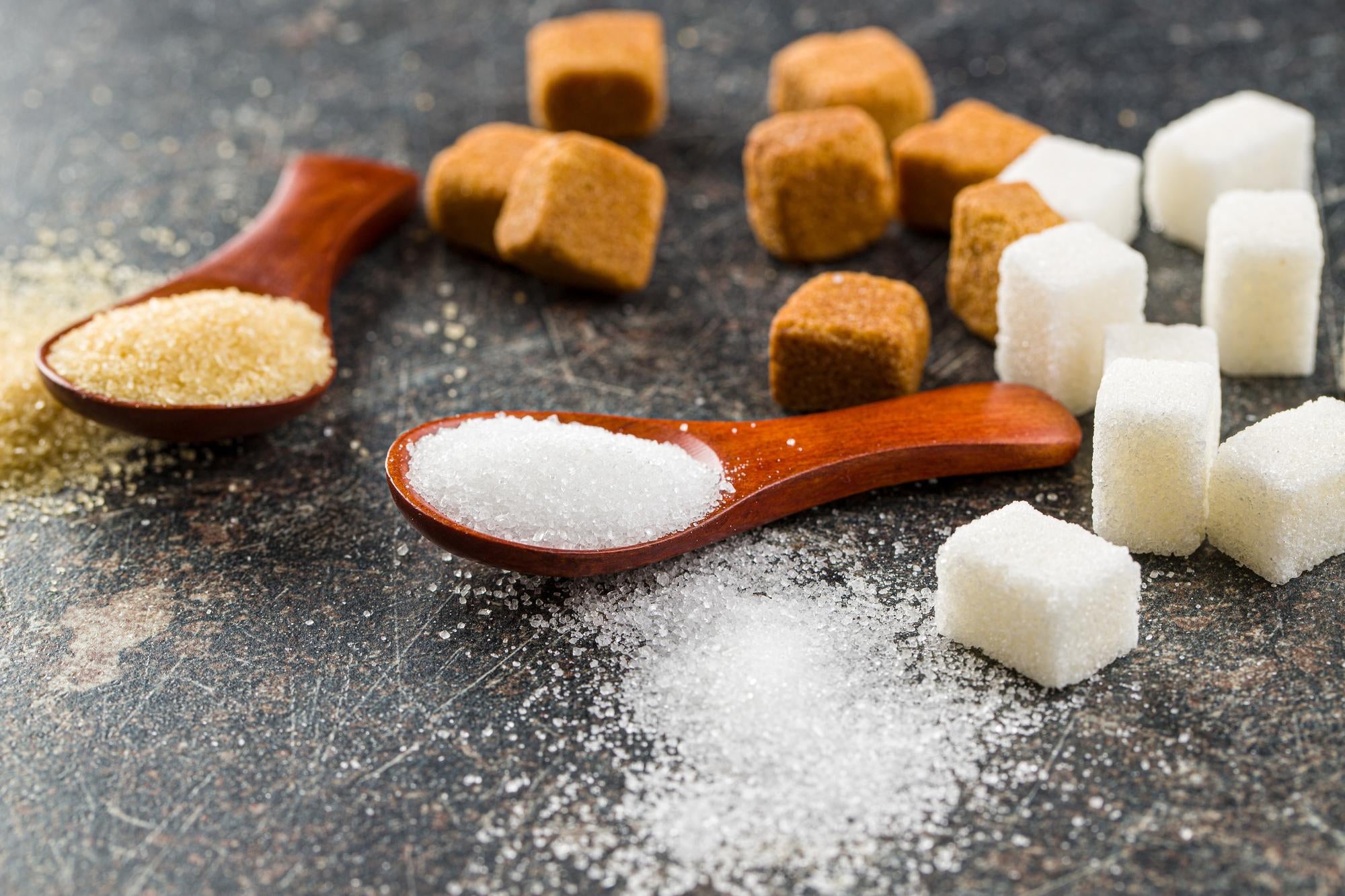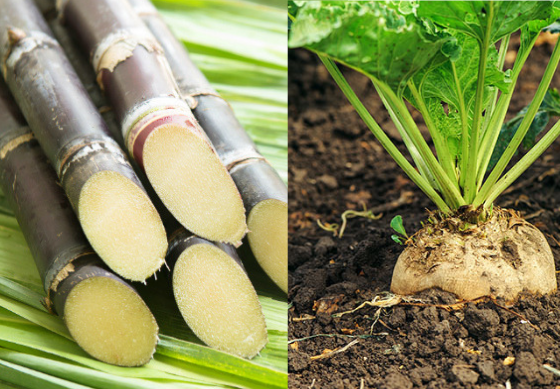Food companies consider beet sugar vs cane sugar when choosing sweeteners for different food products.
Checking Out the Distinctions in operation and Advantages Between Beet Sugar Vs Cane Sugar
In the culinary globe, the choice in between beet sugar and cane sugar is not simply about sweet taste however entails a nuanced factor to consider of flavor, application, and effect. While both sugars stem from various plants, each undergoes special production procedures that discreetly influence their attributes and viability for various recipes.
Beginnings and Production Processes of Beet and Cane Sugar

Cane sugar, on the various other hand, comes from the sugarcane plant, a tropical yard native to Southeast Asia but now cultivated in exotic areas worldwide - beet sugar vs cane sugar. The manufacturing of cane sugar begins with the harvesting of cane stalks, which are crushed to release the juice.

Nutritional Content and Health And Wellness Considerations

When comparing the dietary material of beet sugar and cane sugar, it comes to be apparent that both types basically provide the very same caloric values, with about 16 calories per teaspoon and no significant nutrient diversity. Each is composed almost completely of sucrose, which is a basic carbohydrate that supplies fast energy however lacks vitamins, minerals, or fiber. This resemblance includes their effect on health and wellness, specifically worrying blood sugar levels. Both sugars, when eaten over, can add to elevated blood sugar degrees, a risk variable for diabetes mellitus and various other metabolic conditions. Excessive intake can lead to weight gain and oral troubles, as both sugars are equally cariogenic, promoting tooth decay. From a health perspective, moderating consumption of any kind of kind of sugar, whether from beet or cane, is suggested to prevent these prospective negative effects on wellness. Therefore, neither holds a distinct benefit over the various other in terms of health benefits.
Taste Profiles and Culinary Applications
Regardless of their comparable chemical frameworks, beet sugar and cane sugar differ subtly in flavor, which can affect their usage in numerous culinary contexts. Walking stick sugar frequently carries a hint of molasses, even in its refined kind, offering a cozy, caramel-like undertone that boosts baked products, coffee, and chocolate-based recipes. This mild molasses flavor is specifically valued in the baking sector for including deepness to sugary foods and pastries. On the various other hand, beet sugar is characterized by its extremely fine-tuned, neutral preference, making it a functional sugar that does not modify the flavor profiles of recipes. This nonpartisanship is especially advantageous in delicate recipes, such as light pastries, creams, and some sauces, where the fundamental flavors of various other ingredients are planned to stick out. Consequently, chefs and food makers might pick one sort of sugar over the other based on the wanted taste result of their culinary creations.
Environmental Impact and Sustainability
While both beet and cane sugars are originated Going Here from plants, their environmental effects vary significantly due to the distinctive methods of cultivation and processing needed for each and every. Sugar beet farming typically includes comprehensive mechanization, which can boost fossil gas usage and carbon exhausts. Nevertheless, beetroots can be expanded in cooler environments and call for less irrigation, potentially lowering water usage contrasted to sugarcane. Sugarcane, on the other hand, is typically grown in tropical regions where it relies greatly on watering and a much longer growing duration, boosting its water footprint.
Furthermore, the handling of sugarcane frequently generates a substantial amount of waste, consisting of bagasse, which, although functional as biofuel, regularly contributes to air contamination if burned inefficiently. Sugar beet handling utilizes even more of the raw materials, resulting in much less waste. Both markets encounter obstacles in lowering their environmental impacts, however ongoing innovations in farming practices and waste monitoring are intending to boost sustainability.
Economic Elements Influencing the Sugar Industry
The financial dynamics of the sugar industry are dramatically affected by international market demands and profession plans. Aspects such as tolls, subsidies, and worldwide navigate to these guys trade agreements play crucial duties fit the competitive landscape. For example, in areas where sugarcane or sugar beet manufacturing is subsidized, producers might have a financial advantage that allows them to offer lower rates on the global market. This can create differences in profitability and market gain access to for producers in countries without such subsidies.
Furthermore, fluctuations in global need for sugar, influenced by dietary patterns and commercial usage in food, straight effect rates and production degrees. beet sugar vs cane sugar. Weather also play a crucial role, as they can considerably influence crop returns and, consequently, the supply chain. This irregularity introduces a degree of economic unpredictability that can cause financial investment volatility in sugar manufacturing sectors, influencing decisions from planting to market strategy
Verdict
Finally, both beet and cane sugar have one-of-a-kind high qualities that fit various culinary demands. While cane sugar imparts a rich flavor perfect for enhancing baked goods, beet redirected here sugar's neutrality is excellent for lighter dishes. Nutritional similarities regardless of, their distinct manufacturing procedures and ecological impacts add complexity to the choice in between them. Thus, understanding these distinctions helps chefs and customers make educated choices that align with their health, culinary, and ethical choices.